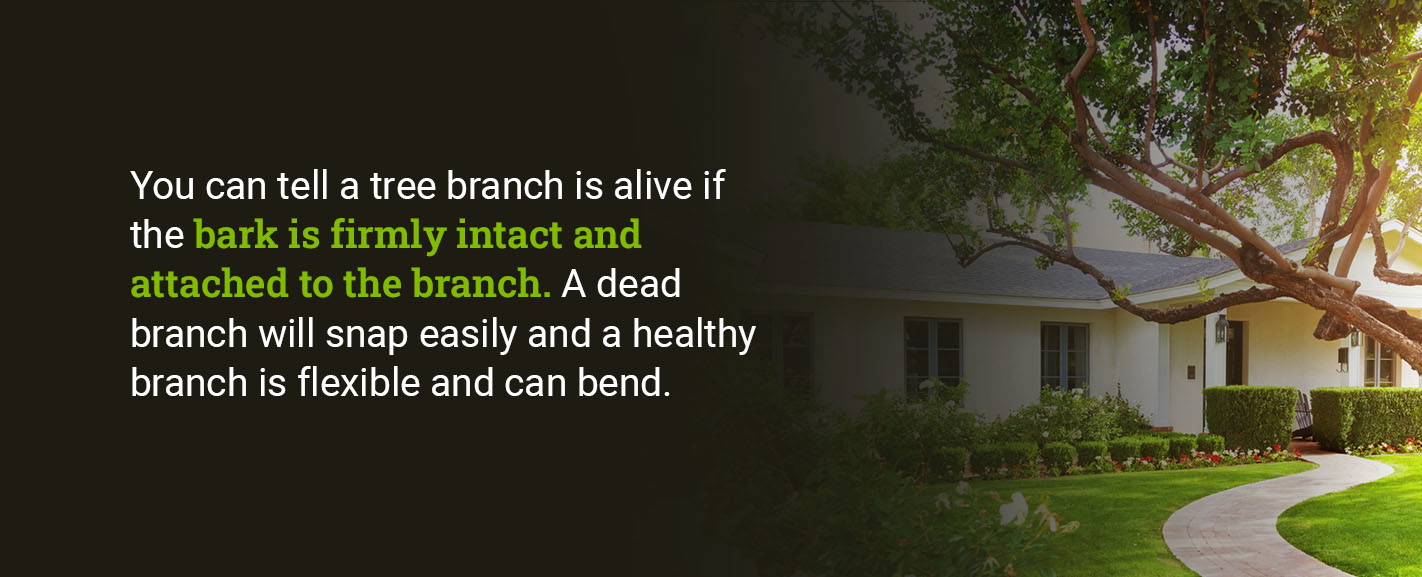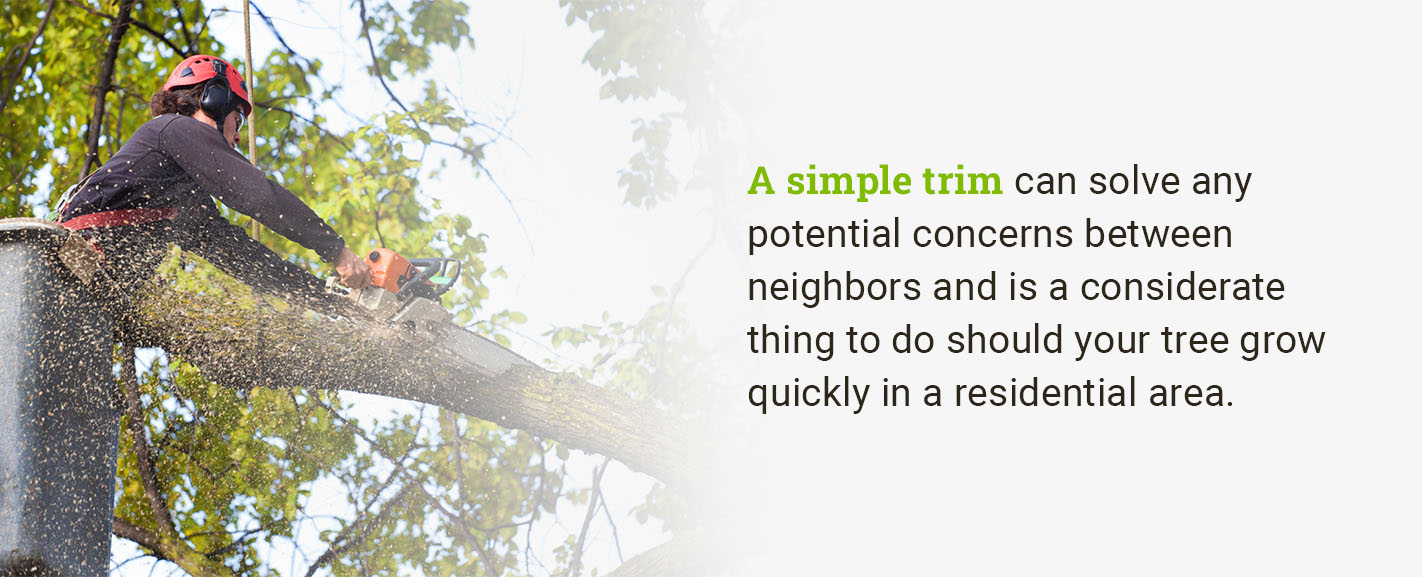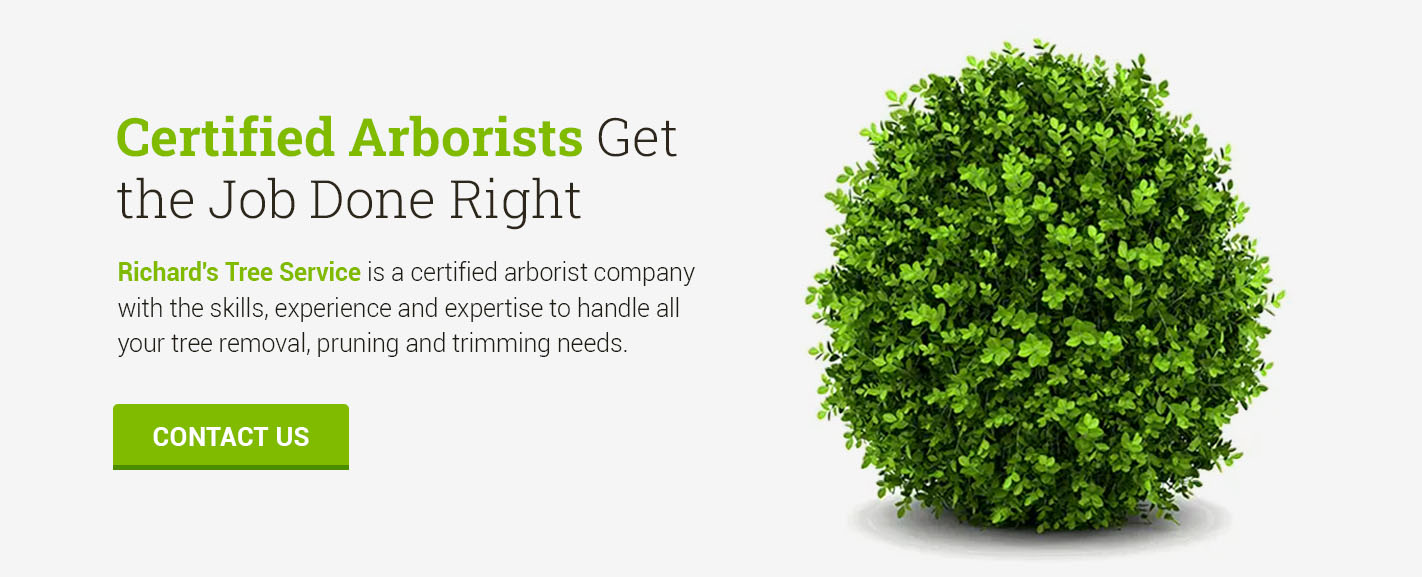
Should that big tree on your property be removed? Is it a hazard, or does it just need some extra care? Knowing when a tree should be removed and when it just needs pruning is a valuable skill for any gardener or property owner. This comprehensive guide will teach you to identify all the signs that a tree needs to be cut down or trimmed, though certified arborists are the most reliable people to call for all your tree-related needs. The following are signs that a tree needs to be cut down or pruned.
1. The Tree Is Damaged and Decayed
Trees can get sick and show signs of decay, disease and damage that may need to be treated or removed. The telltale signs that a tree is decaying and damaged include:
- Wounds: Large cavities, splits and vertical cracks in your tree suggest it should be removed. Trees struggle to recover from large wounds like this. Trees with one or more of these signs are either dead or dying and should be removed before they get worse.
- Peeling bark: While shedding bark is a part of some trees’ natural growth process, for others, it’s a sign of decay. If bark starts flaking or peeling off your tree, it needs more nutrients. If there is no green layer under a tree’s bark, the tree is dead, as it has no nutrient flow to create healthy green layers.
- Excess twigs and sticks: Finding more than the usual twigs and sticks in your garden suggests your tree has health issues. Branches and twigs are flexible and hard to break off on a healthy tree.
- Rot, pests and fungus: Visible signs of rot, pests and fungus must be acted upon immediately. If the culprit has already caused extensive damage to the tree, it is time to remove it. Treatments for fungus, pests and rot must be applied quickly as they can spread rapidly and cause fatal damage quickly.

2. The Tree Has Dead Branches
You can tell a tree branch is alive if the bark is firmly intact and attached to the branch. A dead branch will snap easily and a healthy brand is flexible and can bend. Dead branches have no foliage or buds during their growing seasons and are a reliable indicator that your tree is not getting enough nutrients or is dead.
Dead branches can indicate disease, pests and other health issues your tree might face. The occasional dead branch can easily be trimmed off and is common even among healthy trees, but several large dead branches or frequent dead branches are a sign that your tree may need to be removed.
Large dead tree branches can be a significant hazard. They can also break off during periods of strong winds and heavy rains or snap when covered in snow or ice.
3. The Tree Is Hollow
A hollow hole in a tree may seem picturesque, but it is a sign that internal decay has weakened the tree and might even mean it's dead. Another sign of a hollow tree is when animals like squirrels and owls live inside them. Nature lovers who enjoy seeing wildlife live inside their old trees do not need to be concerned. You can call a certified arborist to determine if your hollow tree is healthy and can stay on your property or if your tree needs to be removed.
4. The Tree Is Leaning
One of the most revealing signs a tree needs to be removed is a leaning tree. Healthy-leaning trees are very rarely seen. Unless the tree has grown at an angle, any leaning tree is unlikely to be alive. Leaning trees are prone to falling over and can be quite dangerous as their roots have been damaged or are dead.
5. The Tree Is Growing in a Hazardous Place
A tree considered a hazard must be trimmed or removed entirely. Branches growing over power lines are a fire hazard or may even snap or damage the power line itself. Large branches growing over a house also need to be removed as they can crush through the roof, injure the occupants and deal considerable harm to the house itself. Trees near busy roads, on slopes and near railways pose a safety risk as well. Removing or pruning these trees is a dangerous task that must only be undertaken by professional arborists who know how to do the job safely.

6. The Tree Is Overgrowing
Trees can grow large branches quickly and in any direction. Sometimes this can cause trees to grow large branches over someone else’s property - sometimes your neighbor’s. A simple trim can solve any potential concerns between neighbors and is a considerate thing to do should your tree grow quickly in a residential area.
Sometimes overgrown trees can be a detriment to other plants and trees around them. Large trees require a lot of nutrients and water and, as a result, may outcompete plants, flowers and other flora that are growing around them. Pruning the tree rather than removing it altogether is better in these cases.
7. The Tree Is an Invasive Species
There are a lot of beautiful-looking invasive species of trees. While they may be nice to look at, they are harmful to the health of your landscape, compete with native trees and potentially disrupt local ecosystems. In the case of invasive tree species, it is better to remove them as the harm they pose to the local environment outweighs the good they can do. Call a certified arborist to remove and identify invasive trees that you might come across or have growing on your property.
Here are a few examples of trees that are invasive in the Northern Virginia area you can look out for:
- Tree of Heaven: Tree of Heaven (Ailanthus Altissima) is hard to control invasive species of tree native to Asia. They are considered pests in Virginia because they spread thousands of seeds and grow really quickly, between three to six feet a year. They are out-competing local flora and are challenging to remove because they resprout from their roots.
- Norway Maple: Norway Maples (Acer Platanoides) may be beautiful, but they can grow up to 60 feet tall and create canopies that prevent grass and other plants from growing by blocking the sunlight they need. Their shallow roots make them unstable trees that can cause tripping hazards and sidewalk upheaval. Their branches break off easily in strong winds and become a hazard when blown around.
- White Mulberry: White mulberries (Morus Alba) are invasive, but red mulberries are native. The trees themselves can be difficult to tell apart, but white mulberry trees have glossy leaves while red mulberries don’t, which is the most noticeable difference. They are prone to a root disease that is easily transmitted to native red mulberry trees.

Certified Arborists Get the Job Done Right
Knowing the signs a tree should be removed or trimmed is the first step to getting the right services for your tree-related needs. The second step is to call Richard’s Tree Service. Richard’s Tree Service is a certified arborist company with the skills, experience and expertise to handle all your tree removal, pruning and trimming needs. We get to the root of your problems and can provide excellent services for any tree-related need. Feel free to contact us to request a service, ask questions and get the job done properly.
If it is an emergency please call us immediately at 703-354-3667.
Use this form to schedule a FREE estimate. After submitting your form, our team will contact you to set up this appointment.
